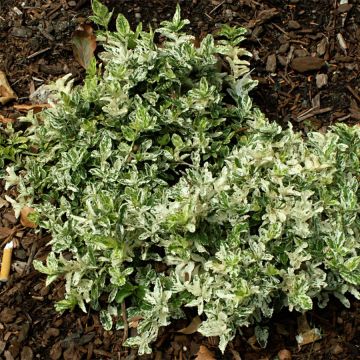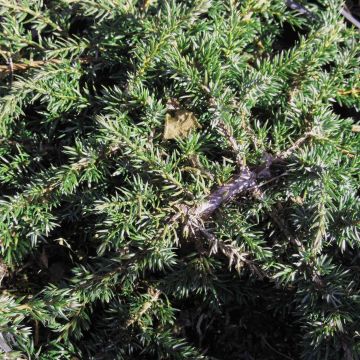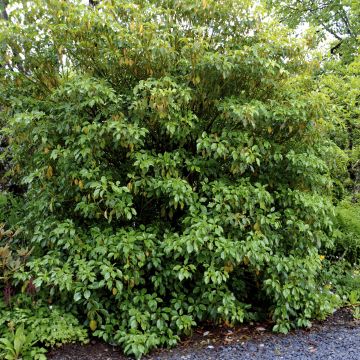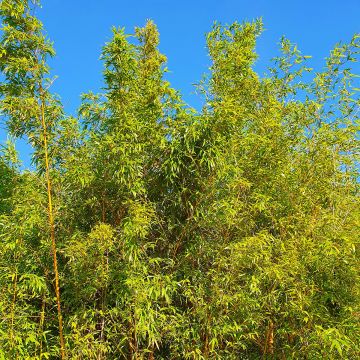Shipping country and language
Your country of residence may be:
Your country of residence is:
For a better user experience on our website, you can select:
Your shipping country:
Andorra
Austria
Belgium
Bulgaria
Canada
Chile
Croatia
Cyprus
Czechia
Denmark
Estonia
Finland
France
Germany
Greece
Hungary
Iceland
Ireland
Italy
Latvia
Lithuania
Luxembourg
Malta
Monaco
Netherlands
Poland
Portugal
Romania
Slovakia
Slovenia
Spain
Sweden
Switzerland
United Kingdom
We only deliver seed and bulb products to your country. If you add other products to your basket, they cannot be shipped.
Language:
French
German
Spanish
English
My Account
Hello
My wish lists
Plantfit
Log in / Register
Existing customer?
New customer?
Create an account to track your orders, access our customer service and, if you wish, make the most of our upcoming offers.
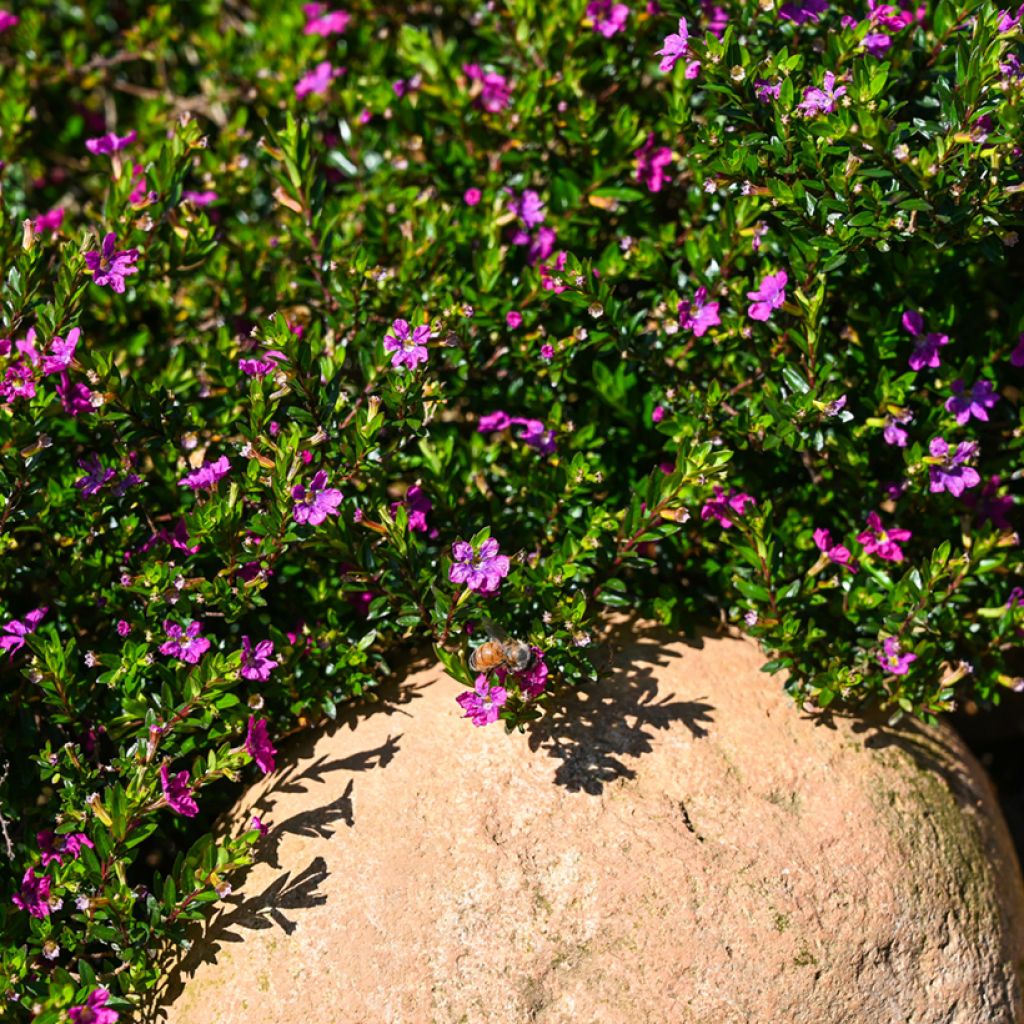

Cuphea hyssopifolia Purple - Fausse bruyère, Etoile du Mexique
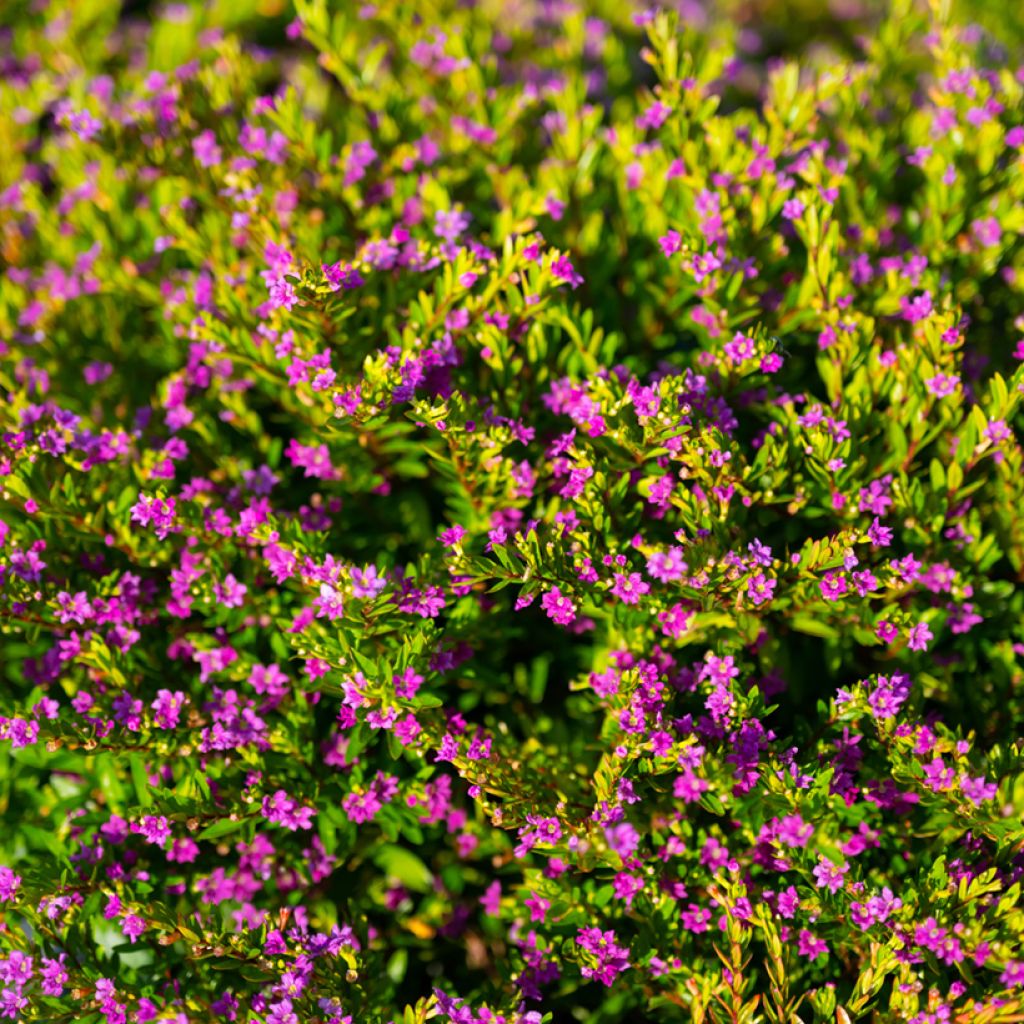

Cuphea hyssopifolia Purple - Fausse bruyère, Etoile du Mexique


Cuphea hyssopifolia Purple - Fausse bruyère, Etoile du Mexique
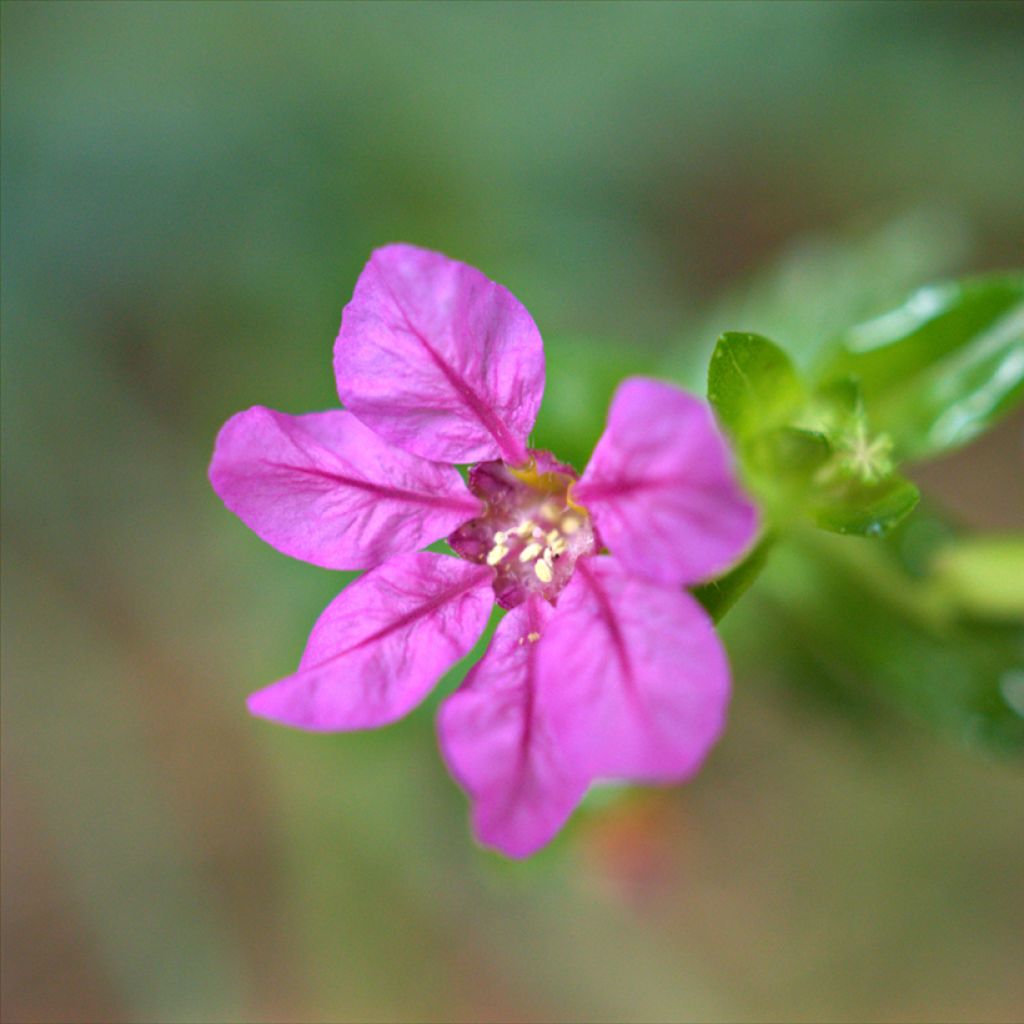

Cuphea hyssopifolia Purple - Fausse bruyère, Etoile du Mexique
Cuphea hyssopifolia Purple
Cuphea hyssopifolia Purple
Mexican Heather, False Heather, Hawaiian Heather
Order in the next for dispatch today!
Dispatch by letter from €3.90.
Delivery charge from €5.90 Oversize package delivery charge from €6.90.
More information
This item is not available in your country.
Schedule delivery date,
and select date in basket
This plant carries a 24 months recovery warranty
More information
We guarantee the quality of our plants for a full growing cycle, and will replace at our expense any plant that fails to recover under normal climatic and planting conditions.
From €5.90 for pickup delivery and €6.90 for home delivery
Express home delivery from €8.90.
Does this plant fit my garden?
Set up your Plantfit profile →
Description
Cuphea hyssopifolia 'Purple' is an undershrub of Mexican origin, very popular in gardens with warm climates. It forms a highly branched bushy clump, as wide as it is tall, remaining compact without requiring pruning. Its dark green evergreen foliage is adorned with small single purple-violet flowers which renew from May to autumn. Only gardens located in the mildest areas will be able to grow it in the ground. In cooler regions, it can be planted in a pot to be brought indoors to protect it from frost. Withstanding heat well, it is easy to grow in full sun provided it is regularly watered.
The genus Cuphea, which includes more than 250 species, is a member of the Lythraceae family, which includes genera of herbaceous plants in many climates (including Purple Loosestrife in Europe), and also woody plants in warm climates, like pomegranate. Cuphea hyssopifolia is an undershrub native to Mexico and Honduras, hence its common names of Mexican heather or Mexican star. It is a short-lived plant, but easily self-seeds in warm climates, and can even become invasive. It also has the particularity of easily layering when branches touch the ground.
'Purple' is a horticultural variety very similar to the species, with purple-violet flowers. This undershrub forms a dense and highly branched clump, 50cm (20in) tall and as wide, or a little more, as it tends to widen over time. It bears small evergreen leaves, which are elliptical, elongated, and narrow, measuring 2 to 3cm (1in) long. The leaves are a fairly dark green colour. It has thin, erect and slightly arched branches, with lateral shoots often oriented in the same plane. The branches orient themselves in all directions, resulting in a balanced habit that does not require any pruning. From May, small single star-shaped flowers appear, about 1cm (0.4in) in diameter or more, and are well distributed in the foliage. This lovely flowering, which pleasantly contrasts with the dark and glossy mass of the foliage, extends until October. Cupheas are champions of long-lasting flowering, and this species honours that reputation. Slightly hardier than Cuphea ignea, this species can only develop in the ground in warm areas with mild winters. Resistant to light frosts of around -3 to -5°C (26.6 to 23°F). Occasionally, the foliage can be burnt during colder than normal winters. In this case, a light pruning in spring generally allows the plant to produce new shoots. It requires the best conditions to withstand winter: a sunny exposure, well-drained, non-calcareous soil, and a sheltered position against the mistral wind. Regular watering is required during the flowering period (it is a tropical plant, after all), as well as regular low-dose potassium-rich fertiliser applications (mixed with the watering water).
In cool regions, it should be planted in a pot to be sheltered in winter in a frost-free, bright room.
WIth its small dimensions, Cuphea hyssopifolia 'Purple' is an excellent border plant for gardens that can accommodate it. Plant it at the base of a clump of Strelitzia reginae, the bird of paradise, to create a strong contrast between its large leaves and flowers, and the miniature ones of the Cuphea. You can also play with shapes by planting a white-flowered Agapanthus, like Thumbelina, next to it, whose design is quite different from that of our little Cuphea. And if your climate is too cold to plant it in the garden, opt for a beautiful decorative pot. To create an exotic and blooming scene all summer long, accompany your Cuphea with Cassia floribunda, whose magnificent yellow flowers will bloom during the same period.
Plant habit
Flowering
Foliage
Botanical data
Cuphea
hyssopifolia
Purple
Lythraceae
Mexican Heather, False Heather, Hawaiian Heather
Central America
Other Cuphea
Planting and care
Cuphea hyssopifolia 'Purple' is a species of tropical origin whose cultivation in open ground is reserved for sheltered areas. Everywhere else, this undershrub will need to be brought indoors to protect it from frost in winter, or treated as an annual. In the case of planting in open ground, place in a sunny position (it tolerates heat well). It grows in neutral, or slightly acidic, soils that are moist and well-drained.
When grown in a container, it will need to be regularly watered during hot periods, making sure to let the soil dry between waterings. Add a bit of liquid fertiliser for flowering plants (with more potassium, K, than nitrogen, N) every 2 weeks to promote flowering. Bring indoors to a bright room (garage with a window, frost-free conservatory) as soon as night-time temperatures approach 5°C (23°F).
Planting period
Intended location
Care
This item has not been reviewed yet - be the first to leave a review about it.
Evergreen shrubs
Haven't found what you were looking for?
Hardiness is the lowest winter temperature a plant can endure without suffering serious damage or even dying. However, hardiness is affected by location (a sheltered area, such as a patio), protection (winter cover) and soil type (hardiness is improved by well-drained soil).

Photo Sharing Terms & Conditions
In order to encourage gardeners to interact and share their experiences, Promesse de fleurs offers various media enabling content to be uploaded onto its Site - in particular via the ‘Photo sharing’ module.
The User agrees to refrain from:
- Posting any content that is illegal, prejudicial, insulting, racist, inciteful to hatred, revisionist, contrary to public decency, that infringes on privacy or on the privacy rights of third parties, in particular the publicity rights of persons and goods, intellectual property rights, or the right to privacy.
- Submitting content on behalf of a third party;
- Impersonate the identity of a third party and/or publish any personal information about a third party;
In general, the User undertakes to refrain from any unethical behaviour.
All Content (in particular text, comments, files, images, photos, videos, creative works, etc.), which may be subject to property or intellectual property rights, image or other private rights, shall remain the property of the User, subject to the limited rights granted by the terms of the licence granted by Promesse de fleurs as stated below. Users are at liberty to publish or not to publish such Content on the Site, notably via the ‘Photo Sharing’ facility, and accept that this Content shall be made public and freely accessible, notably on the Internet.
Users further acknowledge, undertake to have ,and guarantee that they hold all necessary rights and permissions to publish such material on the Site, in particular with regard to the legislation in force pertaining to any privacy, property, intellectual property, image, or contractual rights, or rights of any other nature. By publishing such Content on the Site, Users acknowledge accepting full liability as publishers of the Content within the meaning of the law, and grant Promesse de fleurs, free of charge, an inclusive, worldwide licence for the said Content for the entire duration of its publication, including all reproduction, representation, up/downloading, displaying, performing, transmission, and storage rights.
Users also grant permission for their name to be linked to the Content and accept that this link may not always be made available.
By engaging in posting material, Users consent to their Content becoming automatically accessible on the Internet, in particular on other sites and/or blogs and/or web pages of the Promesse de fleurs site, including in particular social pages and the Promesse de fleurs catalogue.
Users may secure the removal of entrusted content free of charge by issuing a simple request via our contact form.
The flowering period indicated on our website applies to countries and regions located in USDA zone 8 (France, the United Kingdom, Ireland, the Netherlands, etc.)
It will vary according to where you live:
- In zones 9 to 10 (Italy, Spain, Greece, etc.), flowering will occur about 2 to 4 weeks earlier.
- In zones 6 to 7 (Germany, Poland, Slovenia, and lower mountainous regions), flowering will be delayed by 2 to 3 weeks.
- In zone 5 (Central Europe, Scandinavia), blooming will be delayed by 3 to 5 weeks.
In temperate climates, pruning of spring-flowering shrubs (forsythia, spireas, etc.) should be done just after flowering.
Pruning of summer-flowering shrubs (Indian Lilac, Perovskia, etc.) can be done in winter or spring.
In cold regions as well as with frost-sensitive plants, avoid pruning too early when severe frosts may still occur.
The planting period indicated on our website applies to countries and regions located in USDA zone 8 (France, United Kingdom, Ireland, Netherlands).
It will vary according to where you live:
- In Mediterranean zones (Marseille, Madrid, Milan, etc.), autumn and winter are the best planting periods.
- In continental zones (Strasbourg, Munich, Vienna, etc.), delay planting by 2 to 3 weeks in spring and bring it forward by 2 to 4 weeks in autumn.
- In mountainous regions (the Alps, Pyrenees, Carpathians, etc.), it is best to plant in late spring (May-June) or late summer (August-September).
The harvesting period indicated on our website applies to countries and regions in USDA zone 8 (France, England, Ireland, the Netherlands).
In colder areas (Scandinavia, Poland, Austria...) fruit and vegetable harvests are likely to be delayed by 3-4 weeks.
In warmer areas (Italy, Spain, Greece, etc.), harvesting will probably take place earlier, depending on weather conditions.
The sowing periods indicated on our website apply to countries and regions within USDA Zone 8 (France, UK, Ireland, Netherlands).
In colder areas (Scandinavia, Poland, Austria...), delay any outdoor sowing by 3-4 weeks, or sow under glass.
In warmer climes (Italy, Spain, Greece, etc.), bring outdoor sowing forward by a few weeks.


